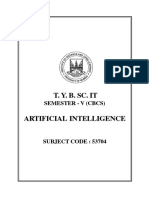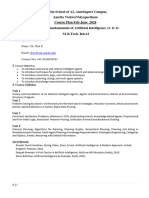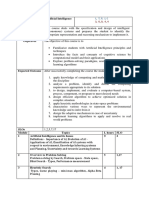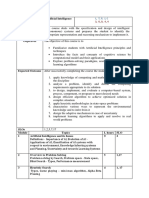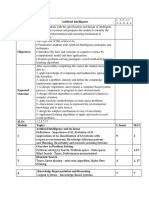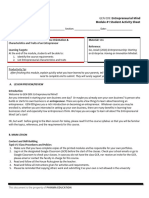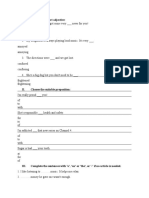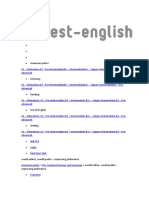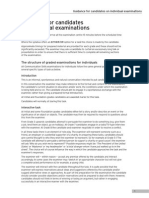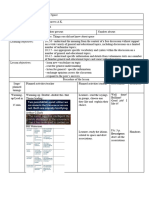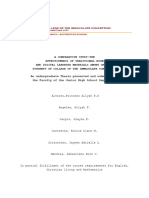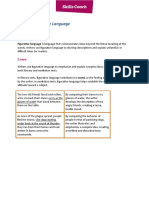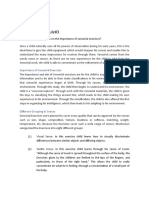0% found this document useful (0 votes)
99 views2 pagesTYBSC Syllabus AI Information Technology
The document outlines the curriculum for a B.Sc. course in Artificial Intelligence and Applications, detailing course objectives, prerequisites, and evaluation methods. It covers key topics including intelligent agents, search algorithms, adversarial search, logical reasoning, and generative AI. The course aims to equip students with foundational knowledge and practical skills in AI, culminating in specific learning outcomes related to problem-solving and decision-making in AI contexts.
Uploaded by
HARSH MISHRACopyright
© © All Rights Reserved
We take content rights seriously. If you suspect this is your content, claim it here.
Available Formats
Download as PDF, TXT or read online on Scribd
0% found this document useful (0 votes)
99 views2 pagesTYBSC Syllabus AI Information Technology
The document outlines the curriculum for a B.Sc. course in Artificial Intelligence and Applications, detailing course objectives, prerequisites, and evaluation methods. It covers key topics including intelligent agents, search algorithms, adversarial search, logical reasoning, and generative AI. The course aims to equip students with foundational knowledge and practical skills in AI, culminating in specific learning outcomes related to problem-solving and decision-making in AI contexts.
Uploaded by
HARSH MISHRACopyright
© © All Rights Reserved
We take content rights seriously. If you suspect this is your content, claim it here.
Available Formats
Download as PDF, TXT or read online on Scribd
/ 2

